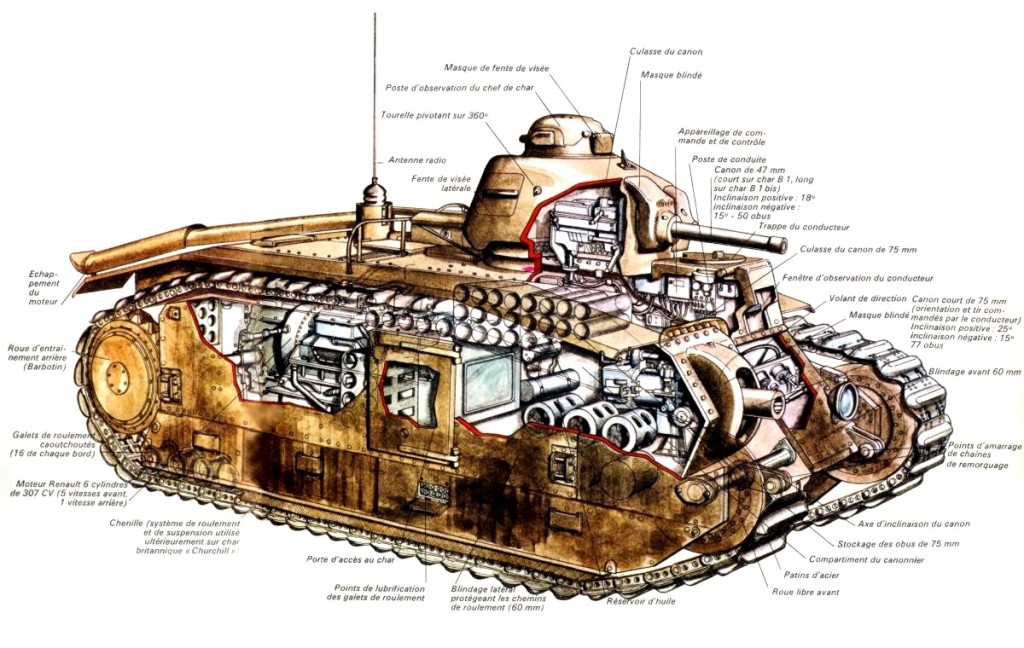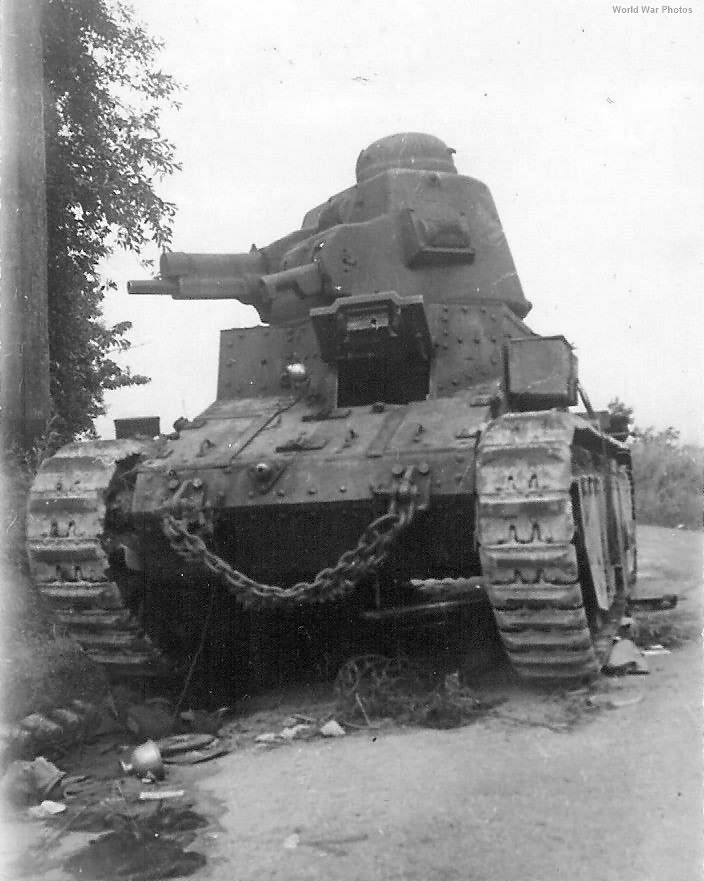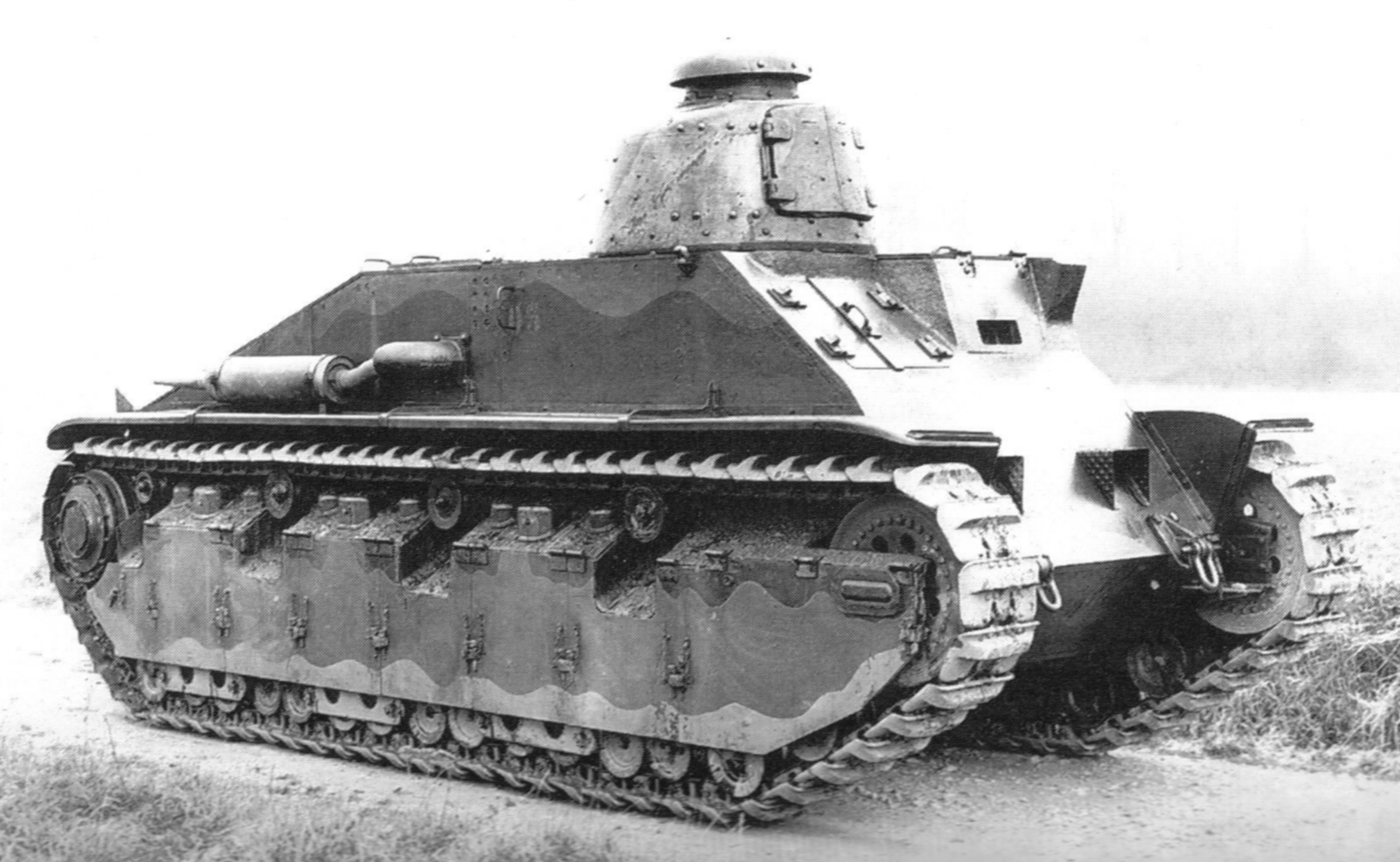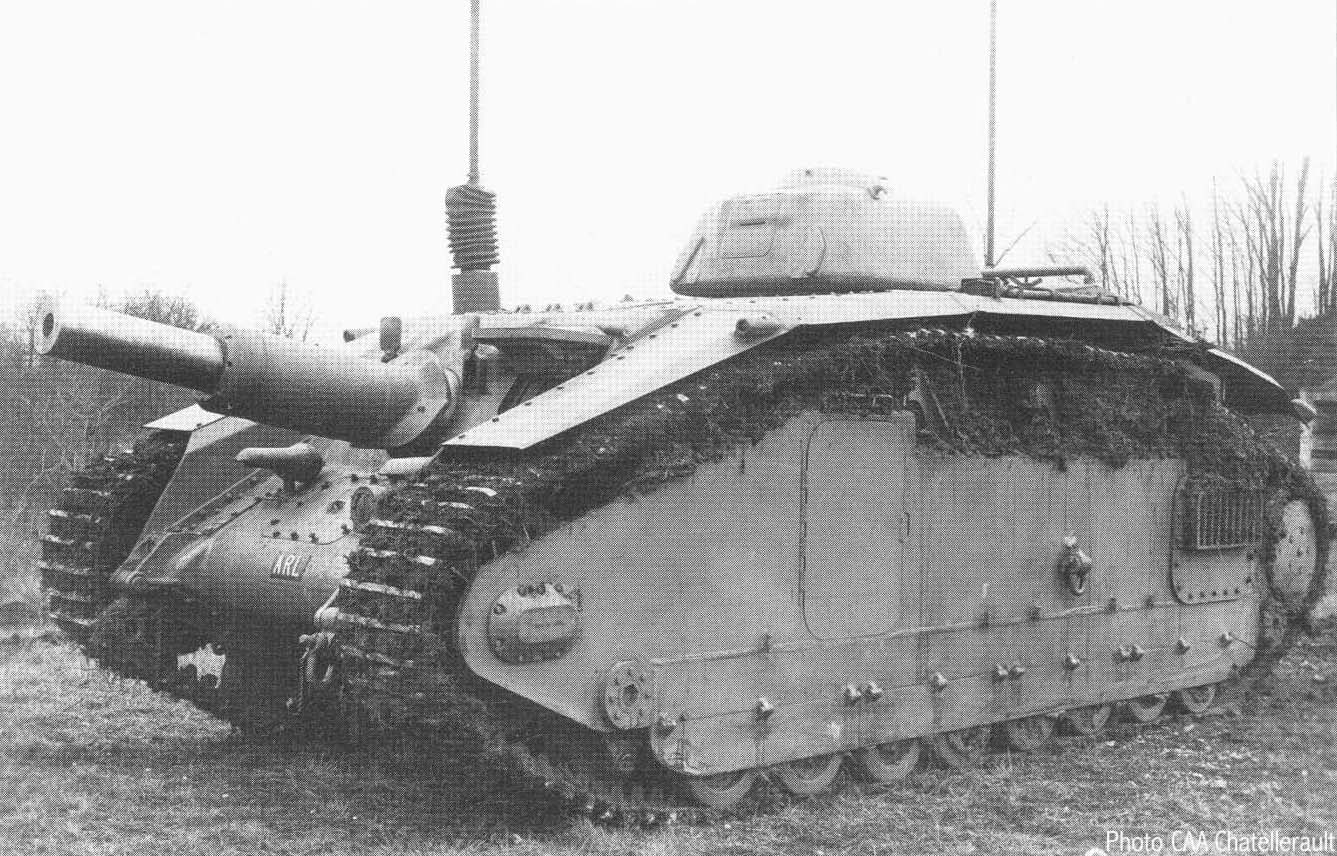Regarding the D1's development, I wonder if it wouldn't be wiser to downscale the B1 (multiple protos existed in 1926 when the D1 project started) rather than upscale the Renault NC, which was likely bound to handle the increase in weight, armor thickness and armament requirements poorly.
Without the 75mm hull gun and extreme trench crossing requirements, it should be possible to draw a new hull that is of the right size to fit at least a one-man turret suitable for the 47mm gun, a comfortable driver's position and a hull radioman but much lighter and smaller (shorter in particular) than a B1. I'd suggest also dropping the idea of making the turret universal to fit on the D1, B1 and FT, just make it compatible with the B1 and D1 and make the turret ring as large as possible on the B1 and set the turret ring for the D1 accordingly. We know we can at least get to APX 1 size which should be a bit better.
Do like Gen. Estienne did to create the second generation B1 prototypes, and pick the best automotive components of the 1st gen protos and downscale accordingly. Since there is no hull gun it should be possible to use a less complicated steering system (no NAEDER) and suspension. IIRC the B1 and NC type suspensions were similar.
This means that it should be possible to use a 120hp Panhard or preferably the 180hp V6 Renault engine of the first protos, which should be suitable for a vehicle of the weight of a D1. The lower weight relative to the B1 makes it possible to consider the 180hp Berliet diesel that was proposed later on for experimentation, although it's possible that it would have been quite bulky and unsuitable for current transmissions.
Regardless, the 180hp Renault engine would already sort of match the powerplant that was seen on the contemporary British Vickers Medium Mk III. I reckon that with this alternate D1 with a more suitable powerplant and a fighting compartment size closer to the D2, the new tank would be more viable for its time and would require less changes to become an alt-D2. It would likely still have been a tad expensive and too archaic to work in 1940, but it might be a better basis for future french medium tank specifications and developments, especially if the better power to weight ratio encourages keeping it in future tanks.
Without the 75mm hull gun and extreme trench crossing requirements, it should be possible to draw a new hull that is of the right size to fit at least a one-man turret suitable for the 47mm gun, a comfortable driver's position and a hull radioman but much lighter and smaller (shorter in particular) than a B1. I'd suggest also dropping the idea of making the turret universal to fit on the D1, B1 and FT, just make it compatible with the B1 and D1 and make the turret ring as large as possible on the B1 and set the turret ring for the D1 accordingly. We know we can at least get to APX 1 size which should be a bit better.
Do like Gen. Estienne did to create the second generation B1 prototypes, and pick the best automotive components of the 1st gen protos and downscale accordingly. Since there is no hull gun it should be possible to use a less complicated steering system (no NAEDER) and suspension. IIRC the B1 and NC type suspensions were similar.
This means that it should be possible to use a 120hp Panhard or preferably the 180hp V6 Renault engine of the first protos, which should be suitable for a vehicle of the weight of a D1. The lower weight relative to the B1 makes it possible to consider the 180hp Berliet diesel that was proposed later on for experimentation, although it's possible that it would have been quite bulky and unsuitable for current transmissions.
Regardless, the 180hp Renault engine would already sort of match the powerplant that was seen on the contemporary British Vickers Medium Mk III. I reckon that with this alternate D1 with a more suitable powerplant and a fighting compartment size closer to the D2, the new tank would be more viable for its time and would require less changes to become an alt-D2. It would likely still have been a tad expensive and too archaic to work in 1940, but it might be a better basis for future french medium tank specifications and developments, especially if the better power to weight ratio encourages keeping it in future tanks.









